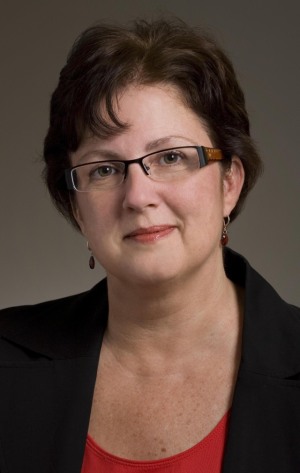by
Sean Ruck, Contributing Editor | July 03, 2013
From the July 2013 issue of HealthCare Business News magazine
AHRMM’s chair, Annette Pummel recently spoke with DOTmed Business News about the growth and diversity of the health care supply chain. Her interview gives a glimpse into its evolution — from a field that once focused solely on purchasing to one that includes resource management. As the premier association for resource material managers, AHRMM also hosts a major show and conference devoted to key issues facing that segment of the industry. This year, the show is taking place in San Diego, Calif. July 28-31.
DMBN: How did you become involved in health care?
AP: I am a nurse by background. I worked on the clinical side for more than 20 years and then moved into the business side, moving into supply chain. I was at the VHA developing supply chain networks for 11 years and have been the COO at ACS for the past three years.
DMBN: What are the backgrounds of individuals involved in AHRMM?
AP: Majority of AHRMM members are involved with the supply chain of the hospital — with a business background. However, there’s a growing contingent with clinical experience. There’s also a supplier component.
DMBN: Other than serving as AHRMM chair this year, how long have you been a part of the association and how did your involvement start?
AP: I’ve been in AHRMM for more than 10 years. I started out as part of the Kansas group. That group is very involved and really part of my link to learn about the supply chain. In terms of participation, it was a real networking experience.
DMBN: What were some of your goals as chair?
AP: The primary goal for this year is really around moving the knowledge of supply chain professionals forward so that cost, quality and outcome is at the intersection we’re they’re operating. The board also closely monitored health care reform — we recognized that hospitals are going to have to change their strategy in order to remain financially viable. Their position is that [the supply chain] touches every department in the hospital. What that really means for the supply chain — they’ve always looked at cost and quality — but patient outcomes haven’t always been part of what they’ve looked at and that’s changing.
DMBN: How would it influence patient outcome?
AP: It’s supporting patient outcome goals — so instead of limited formulary, their formulary would be more scalable. We have supply chain professionals making rounds with the physicians. They’re there to let the physician know what’s in-house to help the patient.
DMBN: So your conference is coming up soon. What are you excited about this year?
